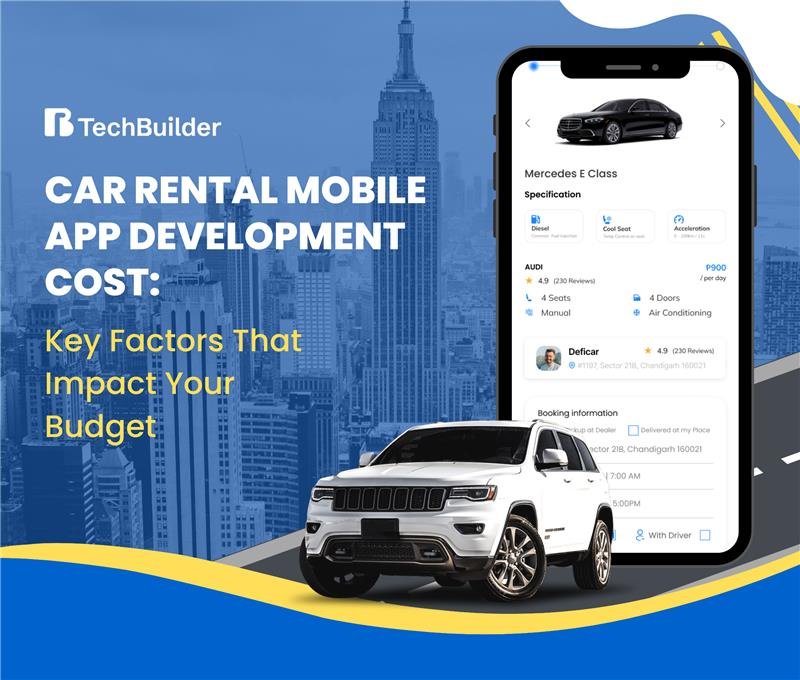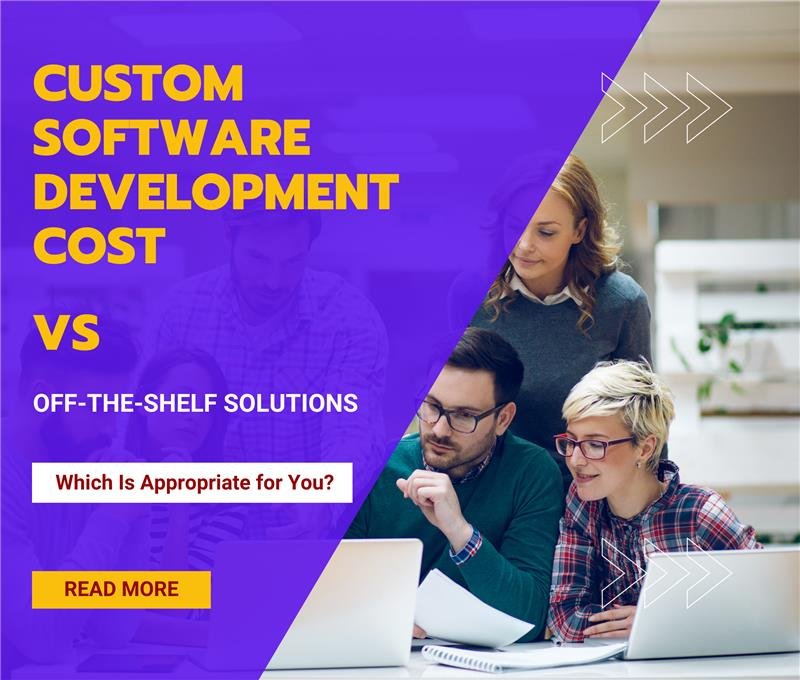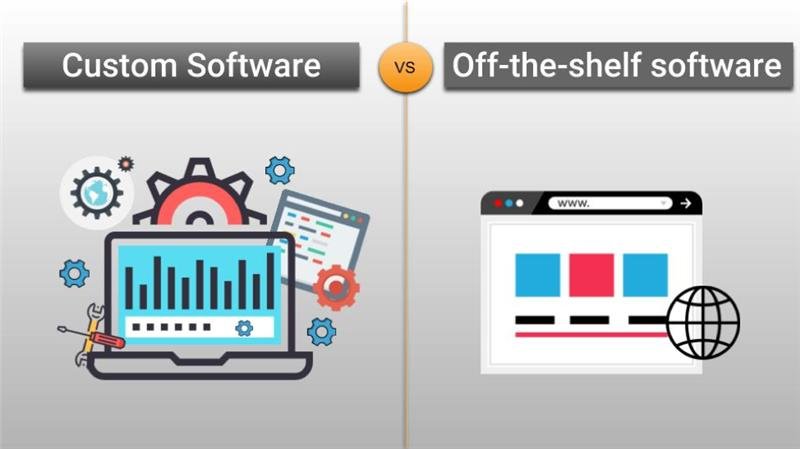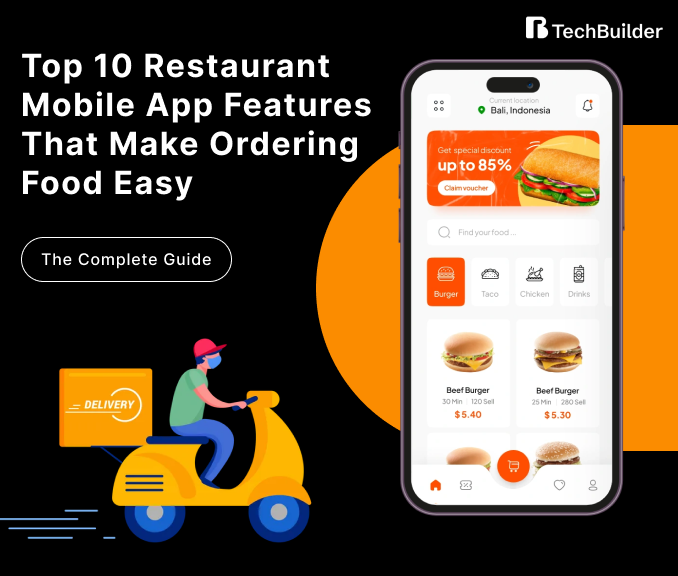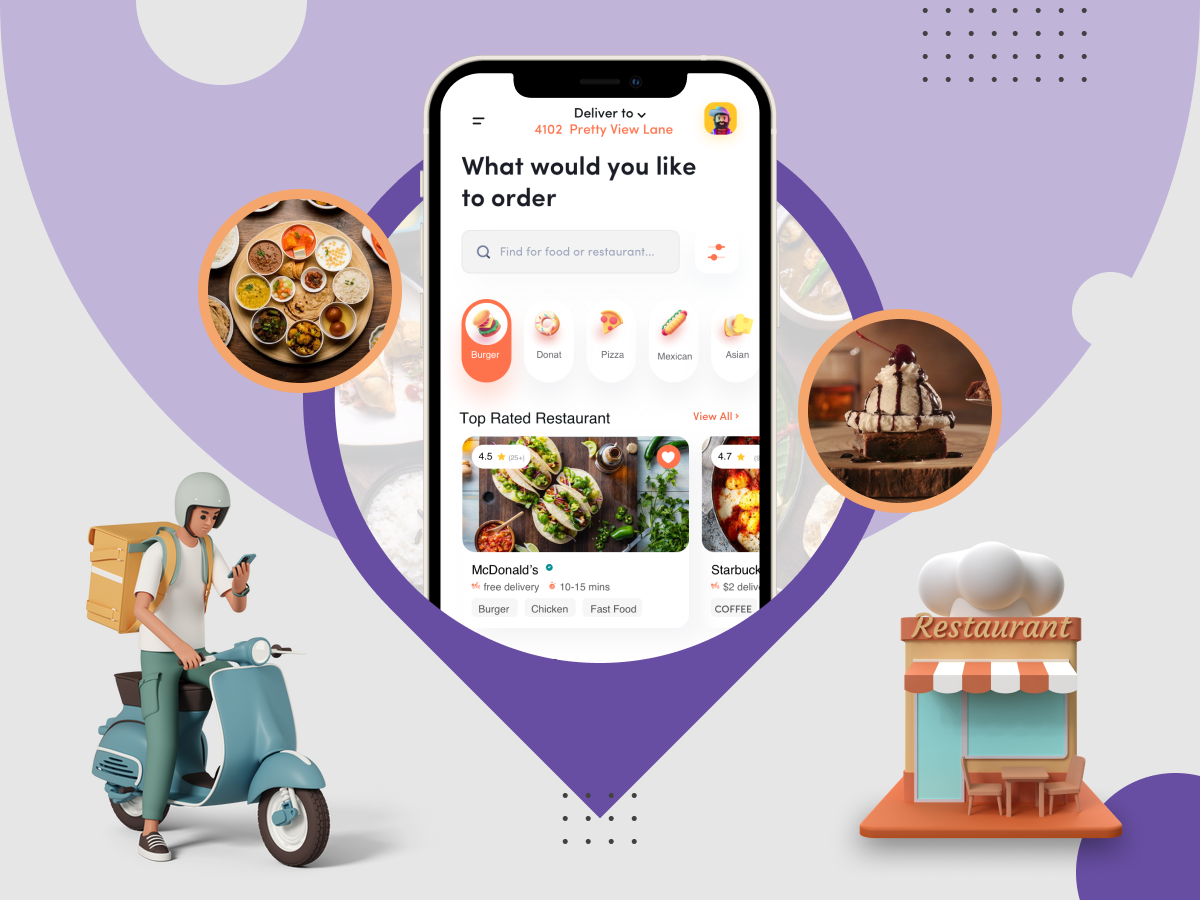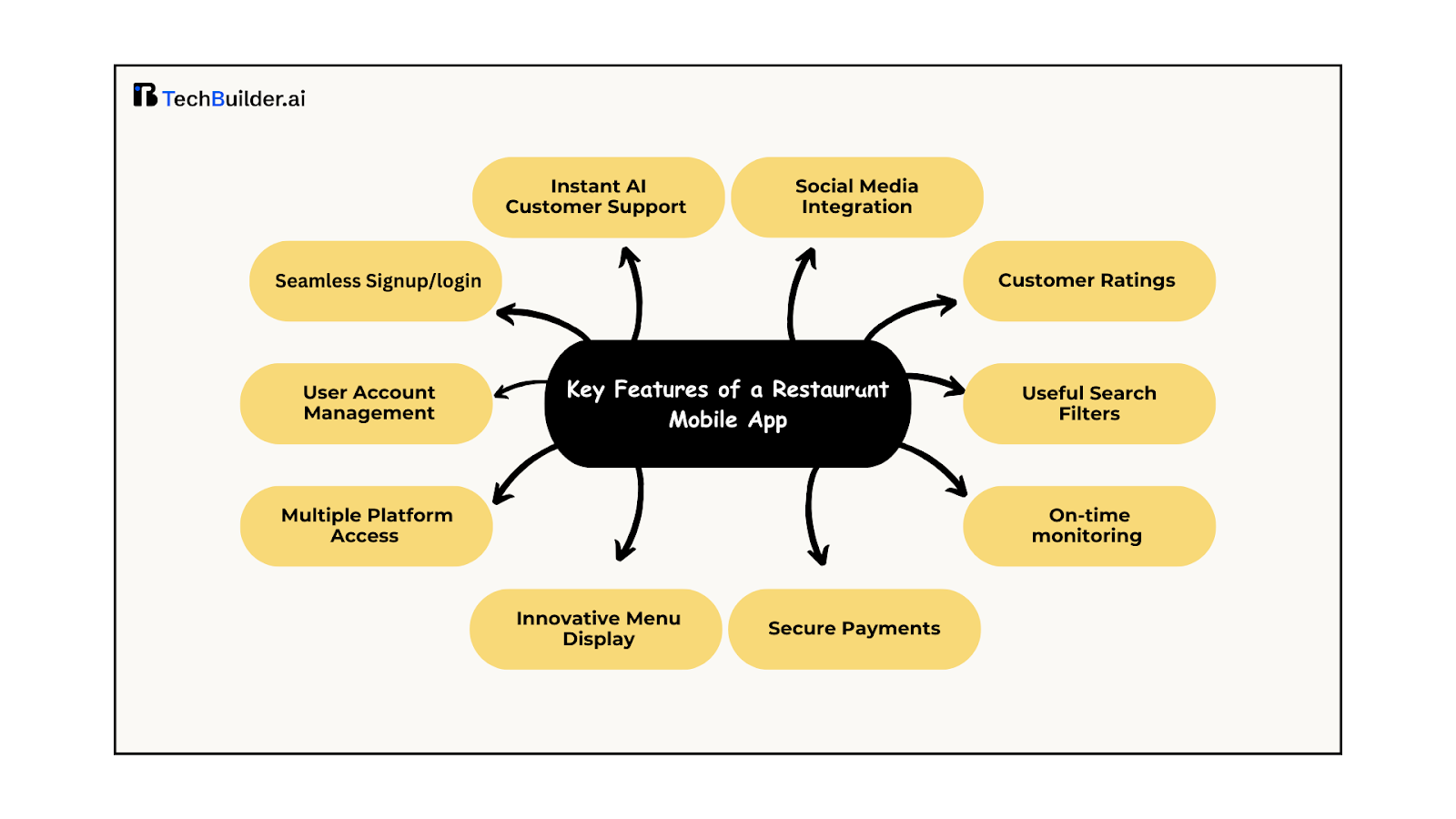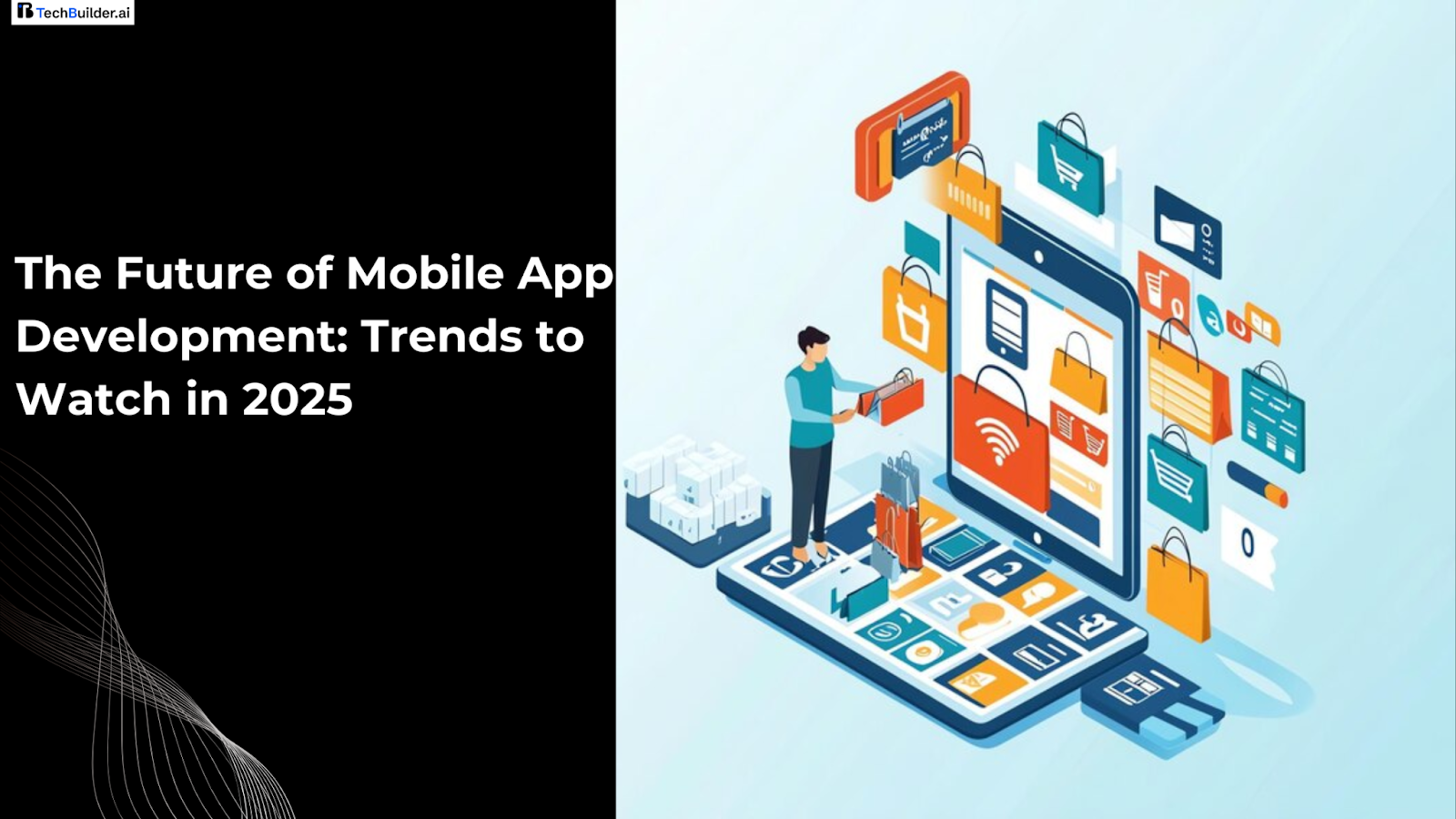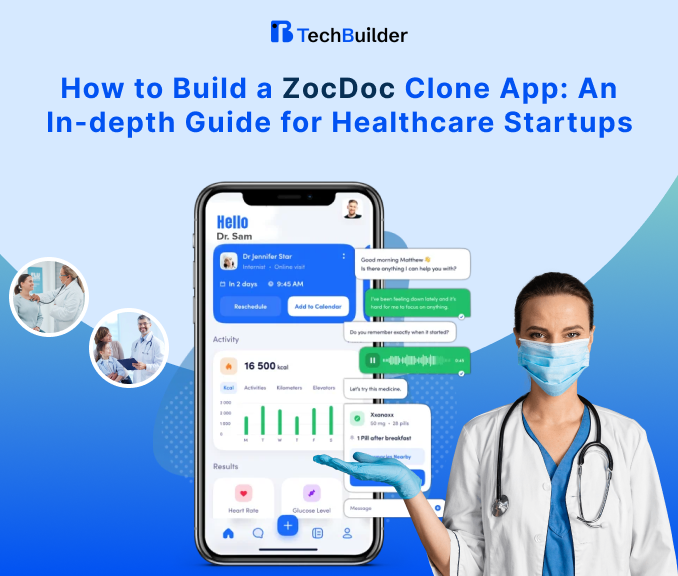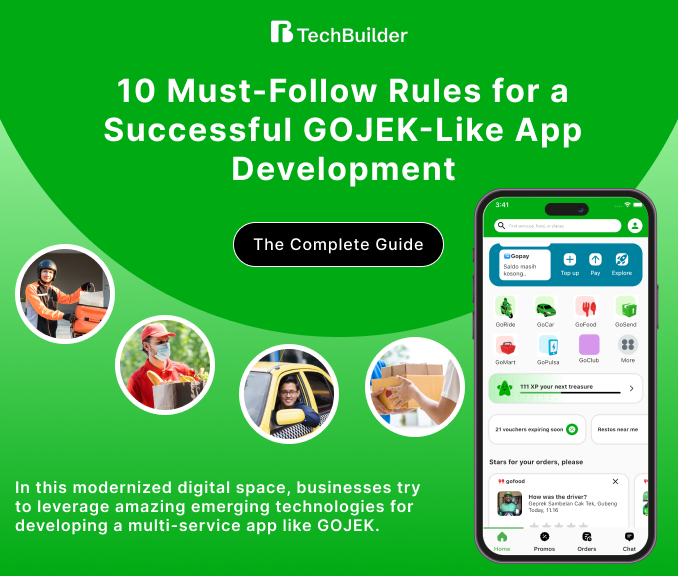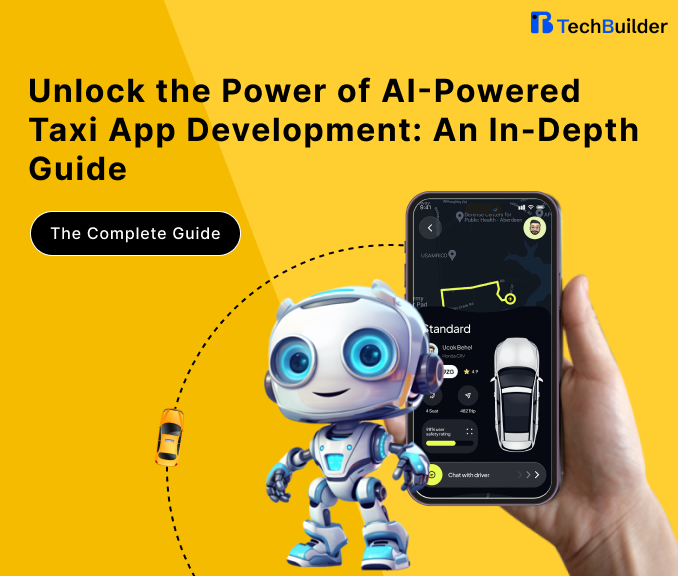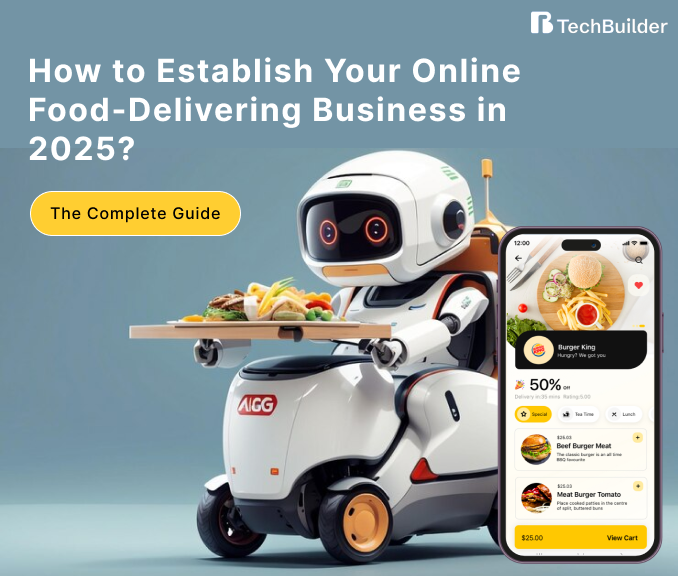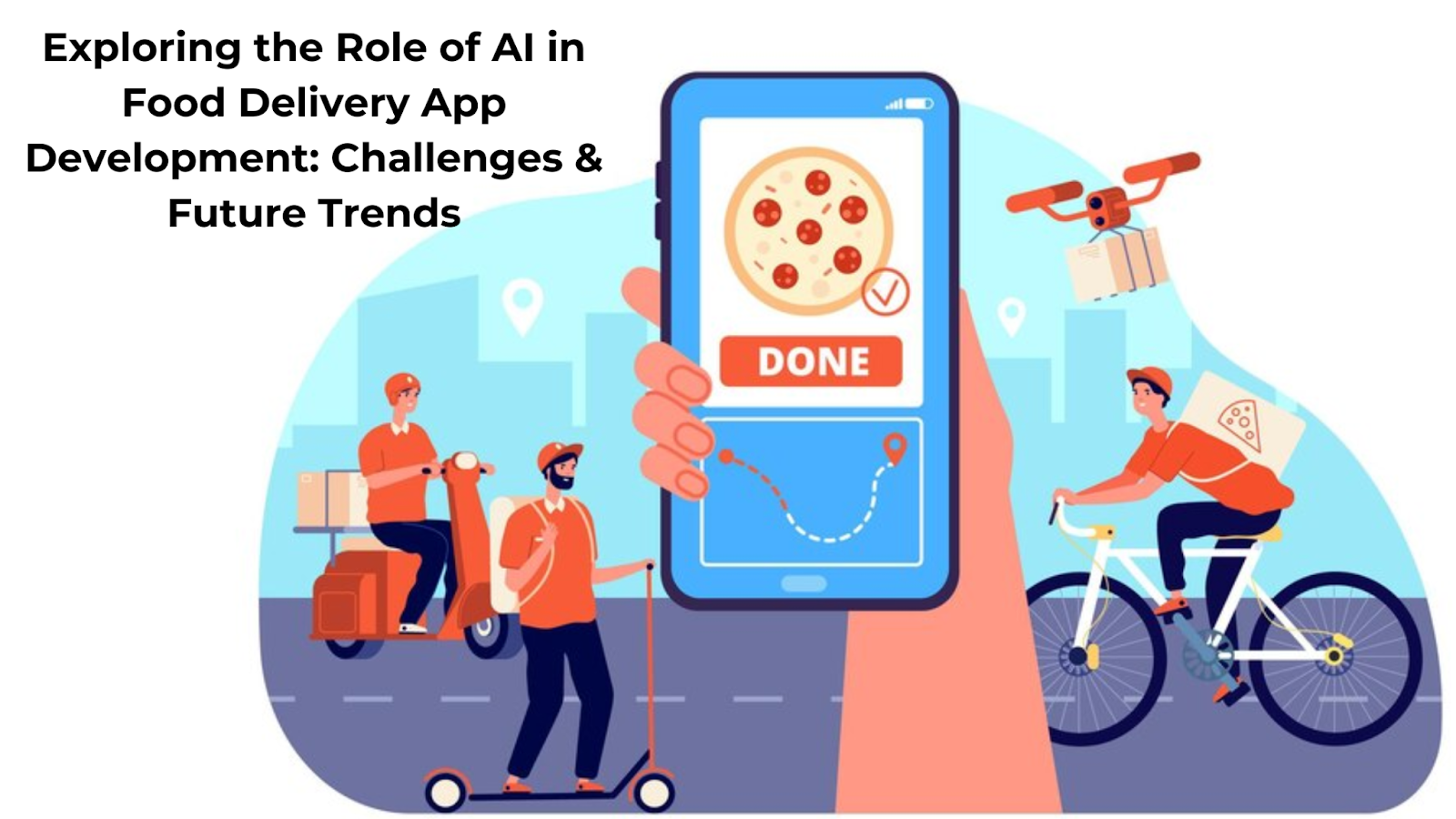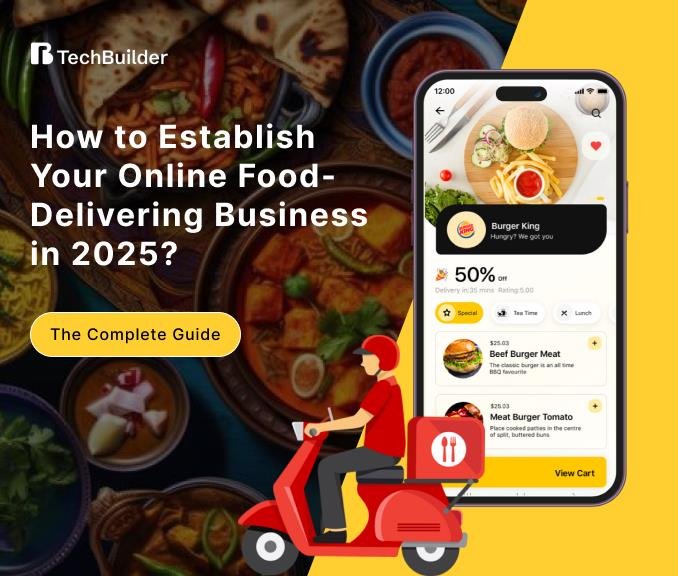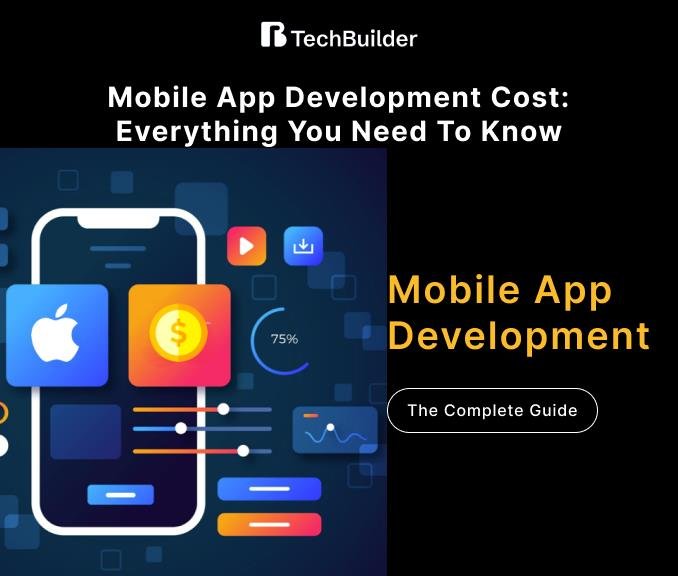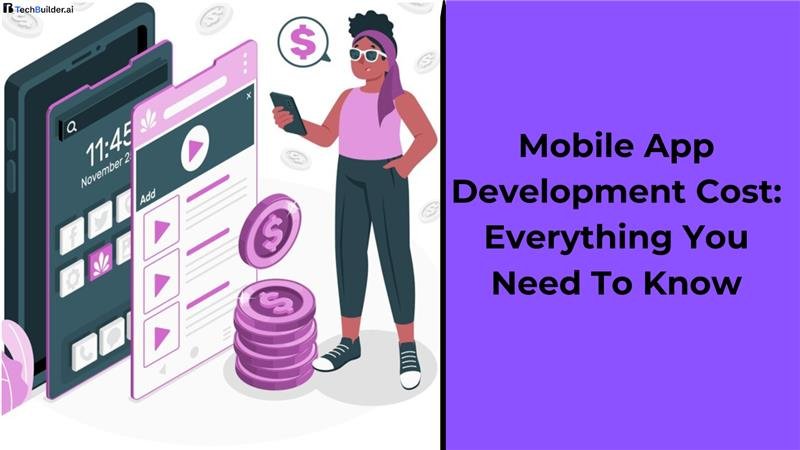The mobile app industry is growing daily and has been developing almost new apps offering new opportunities for driving revenue. Numerous sectors have witnessed the ultimate revolution, and the car rental industry is one of them. This industry has grown rapidly in the past few years courtesy of the rising demand for convenient and on-the-go mobility solutions. As travelers and daily commuters turn to technology for quick and easy mobility systems, the market for car rental mobile apps has been boosted to the next level. Major business vendors and entrepreneurs in that space are curious about choosing to develop their own car rental booking software to stay highly competitive. But, one of their first questions is what is the actual car rental mobile app development cost?
In this in-depth blog, we will deeply dive into the numerous factors that influence the cost of building a car rental mobile app for your business. In the closing sections, you will have a clearer understanding of the budget requirements & core aspects of the development process. whether you plan for a startup or run an established business seeking a robust mobile app solution. This guide is for you and will help you to make informed decisions.
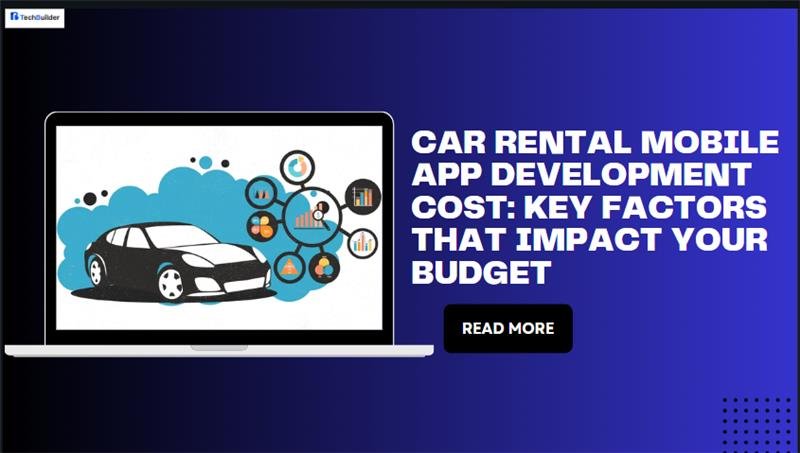
Before delving directly into the pricing section, let’s understand what exactly a car rental booking software system is.
Navigating the Concept of Car Rental Booking Software
Generally, car rental booking software s defined as a technological platform that allows users to search, book & manage car rentals with their mobile devices. This software system eventually automates many manual tasks and provides real-time data to users and admins. The prime aim of this app solution is to simplify the overall car rental process. A car rental mobile app is powered by amazing features and functionalities such as vehicle browsing, booking management, contactless payments rental vehicle tracking, etc.
Business Models Used in Car Rental Mobile App Development Process
The car rental mobile app development process is comprised of three major business models as discussed that ensure efficient workflow:
- Franchise Model
The franchise model is the most adopted business model in this industry. This model typically includes various activities such as partnering with top-rated franchisees who work under a parent company’s brand name and obey all its directions.
- Peer to Peer Model (P2P)
The Peer-to-peer model of a car rental mobile app enables individuals to rent out their vehicles to others. It’s quite similar to the ride-sharing platform but its main focus is on long-term rentals. Such business models can be considered more cost-effective and can be advantageous for users and mitigate traffic, congestion, and parking issues endorsed by car sharing.
- Fleet Ownership Model
The fleet ownership model allows the company to own and operate its fleet of vehicles, which it rents out directly to clients. This concept allows for comprehensive control over corporate operations, from pricing to vehicle upkeep.
Ready to Build Your Car Rental Mobile App?
Our experts are here to assist you with genuine consultation.
Latest Market Statistics of the Car Rental Industry
The on-demand car rental sector has been a great buzz for the past few years and continues to thrive. It has witnessed some remarkable stats as illustrated below:
- It has a market cap value of $123.1 Billion in 2022 and continues to rise with an amazing CAGR rate of 7.4% between 2023 to 2030.
- The estimated market cap for the year 2025 is projected to touch the $146.40 Billion mark. Followed till 2030 with $214.30 Billion.
- The average revenue per user is $182 onwards.
All the data is taken from the latest market report from Mordor Intelligence.
Top Features of a Reliable Car Rental Booking Software
To make your car rental booking software meet user expectations, here are some key features you should consider:
| Sr No. | Main Highlights of the App |
|
|
User Registration/Login This lets customers set up an account, manage their reservations, and save what they want. |
|
|
Vehicle Search & Filter Option Provide a detailed search feature for users to browse available cars as per your location, vehicle type rental dates, etc. |
|
|
Car Listings Exhibit full information about available vehicles, including photos, specifications, pricing, and availability. |
|
|
Booking Management This feature allows users to book, later and cancel their reservations effectively. |
|
|
Payment Gateway Integration The efficient payment gateways ensure secure and multiple payment options for users to complete their bookings. |
|
|
Real-time Vehicle Tracking Enable users to track available cars, pick-up locations, and drop-off points through GPS. |
|
|
Reviews and Ratings Allow users to review their rental experience and grade the service. |
|
|
Push Alerts Bring users up to date on their bookings, offers, promotions, and reminders with notifications. |
Key Factors Impact Car Rental Mobile App Development Cost
While estimating the overall car rental mobile app development cost, several important factors come into play. Let’s take a deep look into it:
- Application’s Complexity
The intricacy of a car rental mobile application is a key determinant of its development cost. Basic applications featuring essential functionalities such as vehicle browsing, reservation making, and payment processing are typically less expensive than more intricate apps equipped with advanced capabilities like real-time tracking, GPS-based location services, multilingual support, and AI-powered customer assistance.
Illustrative examples of app complexity include:
- Basic Application: A straightforward interface with fundamental features including car browsing, booking, and payment processing.
- Mid-Level Application: Beyond the basics, this may encompass enhanced functionalities such as user profiles, real-time car availability, location services, and multiple payment methods.
- Advanced Application: Offers sophisticated features including vehicle tracking, AI chatbots, comprehensive customer management, integrated insurance options, loyalty programs, and more.
Pro Tip: Before the development process starts, it’s essential to define your application’s main USP’s and scope. This helps developers create a clear roadmap and avoid any unexpected costs during the project.
- Right Platform Selection (IOS and Android)
The car rental mobile app development cost also assesses the selection of the platform. Whether you want an app for IOS, Android, or both. Every platform has its own development needs, prototypes, and design standards.
- iOS-exclusive development: For those targeting Apple users, developing a car rental application exclusively for iOS is generally more cost-effective than creating it for both iOS and Android platforms.
- Android-exclusive development: Android applications typically encounter greater variability due to the extensive range of devices they are required to accommodate, which may marginally elevate the overall costs.
- Cross-platform development: If the goal is to maximize your user base, constructing a car rental application for both platforms using frameworks such as React Native or Flutter is optimal, although this approach may increase the total development expenses.
- Focus on UI UX Design
An Intuitive user experience and visually appealing user interface is the most valuable asset in the success of a car rental app. In this fast-evolving digital era, customers always want a glitch-free experience while surfing for available fleets, making bookings, and completing transactions. Therefore, a well-designed app fosters user retention and satisfaction, but genuine design with a handy investment.
It includes the following steps:
- Wireframe and mockup
- app branding and visual design
- Interactive design components (buttons, icons, etc.)
- Test the app for usability.
Pro Tip: Always remember that custom-designed mobile apps with unique branding and personalized user journeys will boost the app development cost.
- Backend Development & Server Charges
A car rental mobile application necessitates a robust backend infrastructure to effectively manage bookings, inventory, payments, and customer information. The backend facilitates the storage of all pertinent data and executes various tasks to guarantee a seamless user experience.
Backend elements may encompass:
- Database management: Safeguarding vehicle specifications, booking records, user information, and other essential data.
- Server infrastructure: Hosting the application, handling APIs, and ensuring efficient communication between the front end and back end.
- Scalability: A strong backend enables your application to accommodate increased traffic as your business expands.
The intricacies of backend development, along with continuous server expenses, will significantly influence your budget.
- Third-Party Integration
Incorporating third-party services like payment gateways, GPS tracking, customer support & insurance services into your mobile app can eventually boost the transit, functionality, and execution capability. But these integrations also contribute to the overall car rental mobile app development cost.
Most Common Integration to Include in Your Car Rental App:
- Payment processing: Secure payment gateways such as Stripe, PayPal, and Apple Pay.
- Mapping services include Google Maps and Mapbox for vehicle monitoring and navigation.
- CRM systems are pieces of software that help you manage your customer relationships.
- Social media login integrations include Google, Facebook, and Apple.
Pro Tip: Always choose essential third-party integrations to eliminate irrelevant pricing escalations. Focus on features that enhance user experience.
- Development Team Location
The geographical location of your app development team can considerably influence the overall expenses involved. Developers in various regions levy different charges based on their expertise, locale, and market demand. For example:
- Developers situated in North America or Western Europe generally command higher fees attributable to the elevated cost of living and the premium quality of services offered.
- Conversely, developers located in Eastern Europe or South Asia present more cost-effective rates while maintaining high standards of quality.
You have the option to engage a local team, outsource to a development agency, or hire freelancers from distinct regions. Regardless of the route you choose, ensure that the team possesses the requisite skills and experience in mobile app development.
- App Upkeep and Regular Updates
The initial development cost is the only part of the investment. Once your car rental app is deployed across the leading channels, it will need regular upkeep practices, bug fixes, security updates, and new feature rollouts to keep your app functional and updated with the latest trends.
Maintenance activities involve
- Resolving flaws and malfunctions.
- Considering customer comments and updating the app with new features or enhancements.
- Ensure compatibility with the latest OS versions.
- Continuous upkeep is critical for providing a pleasant user experience and ensuring client satisfaction.
Want to know the complete car rental mobile app development cost estimation?
What is the Average cost of Developing a Car Rental Mobile App?
The average car rental mobile app development cost is represented in a tabular form:
| Sr No. | Parameters | Average Dev. Costs |
|
|
Basic Car Rental App | $15k to $25k |
|
|
Mid-level Car Rental App | $32k to $52k |
|
|
Expert Car Rental App | $55k to $1,00,000 |
However, these pricing ranges might fluctuate as per the specific business requirements, tech stack, and features, and vice-versa. So, as a business owner, it’s wise to invest in a top-notch car rental mobile app that can lead to awesome customer satisfaction & long-term business revenue growth.
Wrap Up!
Smartphones have transformed all our day-to-day lives and streamlined the overall processes of the automobile sector with ease. The car rental mobile app development is a strategic move and can transform how your business operates and serves customers and infrastructure. With the above-mentioned information, you can also get a detailed overview of the development cost and its key factors. However, these apps can engage a wider audience with ease with the stakeholders.
In short, developing a car rental mobile app is a win-win move for business owners.
If you have a creative car rental mobile app idea in mind? Don’t hesitate to connect with the professionals of TechBuilder.
Frequently Asked Questions (FAQ)
Q1. How much time does it take to complete a car rental mobile app?
The development timeline depends on the application’s complexity, features, and design. In short, a basic car rental mobile app might take around 3-6 months to develop, while a more advanced app could take 9-12 months or longer.
Q2. What are the most common features incorporated in Car rental mobile applications?
A car rental app often contains features such as:
- User Registration and Profiles
- Search and filter options for automobiles.
- Car specifications and pricing information
- Booking and payment capability.
- Real-time vehicle availability and GPS tracking
- Push notification and support chat
Q3. Is it possible to create a car rental application for both iOS and Android platforms?
Indeed, you have the option to develop a car rental application for both environments. You may select:
Native development
This involves creating distinct applications for iOS (utilizing Swift) and Android (utilizing Kotlin). While this approach provides superior performance, it may lead to increased costs and extended development timelines.
Cross-platform development
By leveraging frameworks such as Flutter or React Native, you can devise a single application that functions on both platforms. Although this method is generally more economical, it may necessitate concessions in terms of customization capabilities.
Q4. What ongoing expenses should be anticipated following the launch of a car rental application?
Recurring expenses post-launch encompass:
Maintenance: This includes regular updates, bug resolutions, and enhancements to performance.
Server hosting: Costs associated with managing the application’s backend infrastructure and databases.
Feature updates: Incorporating new functionalities or refining existing features.
Marketing and user acquisition: Engaging in promotional activities through digital marketing endeavors.
These expenses are crucial for sustaining the app’s competitiveness and ensuring a user-friendly experience over time.
Q5. What is the adequate tech stack used to develop a car rental mobile app?
The technology used for car rental app development includes coding languages such as SWIFT for IOS, KOTLIN for Android, and Frameworks such as React Native and Flutter for cross-platform development. Backend tech can vary from Nods Js and Python to databases like MYSQL and MONGO DB.




































































